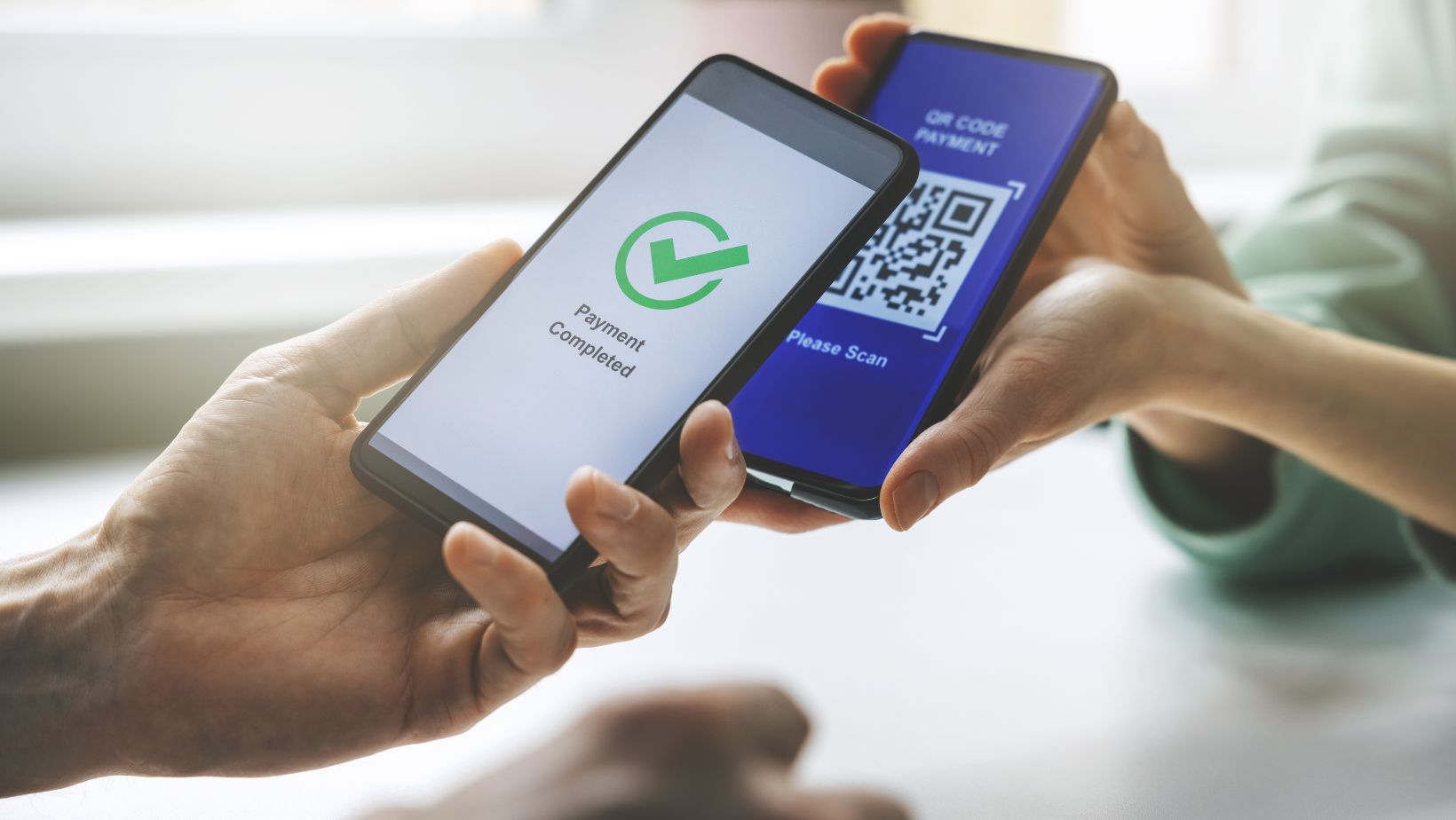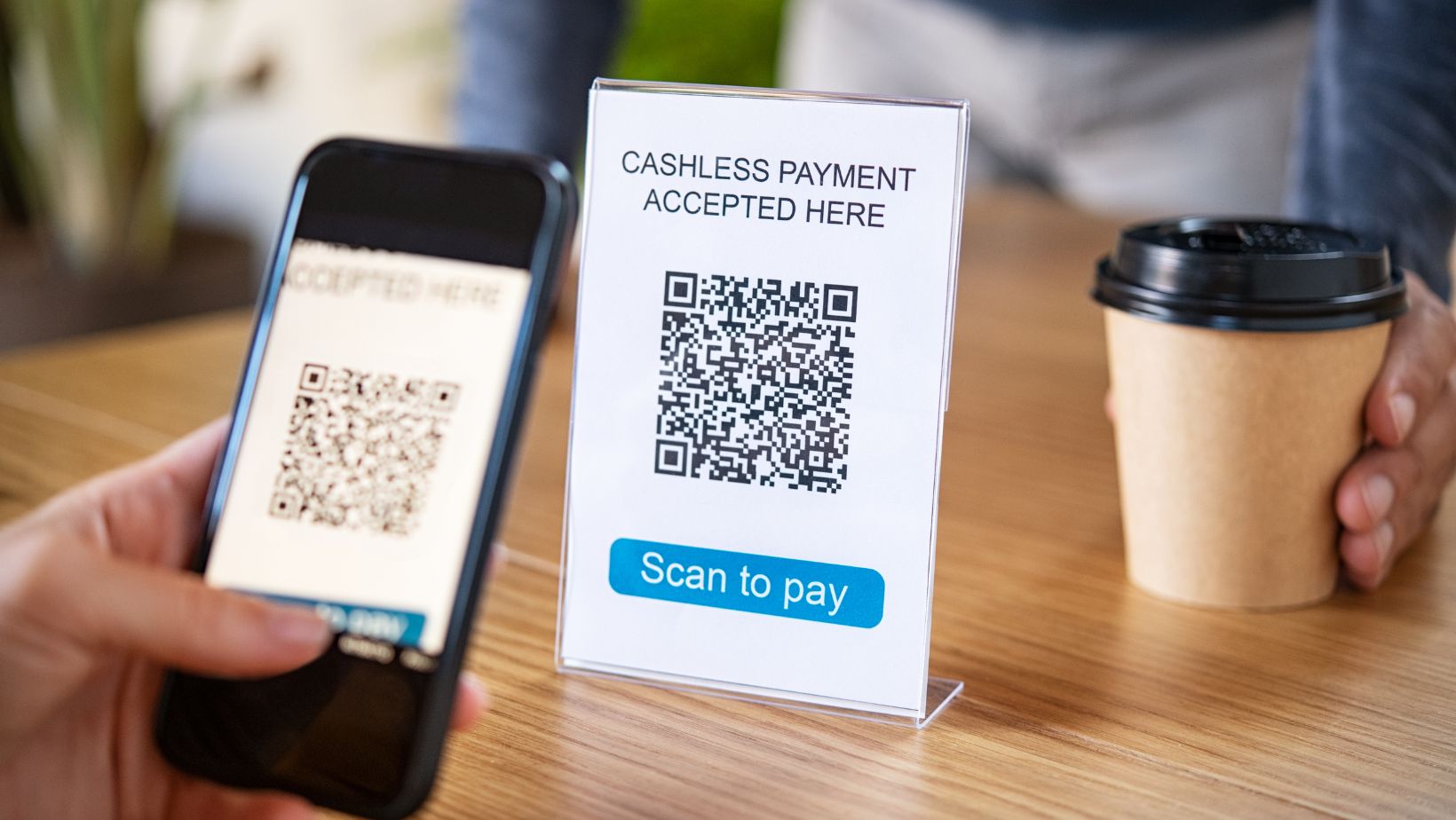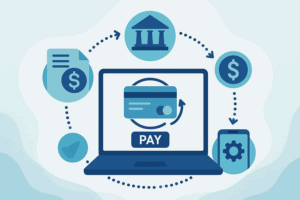
The shift toward contactless payments has transformed how businesses interact with their customers. One of the standout developments is QR (Quick Response) payment technology. Offering simplicity, speed, and flexibility, QR payments are now everywhere—from small local shops to large international retailers.
At its core, QR payment is a cashless method where customers scan a code using their smartphones to complete a transaction. This straightforward process makes it easy for businesses of any size to accept digital payments without expensive equipment. As more consumers expect fast, secure payment options, adopting QR codes is no longer a futuristic idea but a necessary step for staying competitive.
How QR Payment Works
Understanding how QR payments operate helps explain why this technology has become so popular. Typically, a business generates a QR code that contains essential transaction information, such as the amount to be paid and the merchant’s account details. The customer scans the QR code using their phone camera, approves the payment method (credit card, mobile wallet, etc.), and instantly transfers the funds.
This process offers benefits to both parties. For customers, the transaction feels seamless and quick. For merchants, the setup process is simple and requires no physical terminal or card reader. Businesses can display a QR code electronically, print it out, or even include it on invoices or order confirmations.
Setting Up a Payment System
Introducing QR code payments into your business does not require complicated steps. First, a business selects a payment service provider that offers QR payment capabilities. Providers typically offer software for businesses to generate dynamic or static QR codes.
Once a merchant account is created, businesses can generate QR codes linked directly to payment requests. Static codes are best for transactions with fixed prices (like a coffee shop menu item), while dynamic codes are suited for transactions with variable amounts. The ability to customize the payment process for different types of sales environments makes QR codes for payment highly versatile.
Benefits for Businesses
The reasons businesses are adopting QR payment systems in increasing numbers are numerous:
- Simplicity: Staff members require minimal training to operate QR payment systems. Displaying a QR code is all they need to do.
- Cost Savings: QR code solutions are much cheaper and often carry lower transaction fees than setting up point-of-sale hardware.
- Speed: Payments process almost immediately, speeding up checkout lines and improving service flow.
- Broader Reach: Customers without physical cards or cash on hand can easily pay using only their smartphones.
- Low Maintenance: Maintenance costs are nearly zero since there’s no physical terminal.
Adopting QR codes supports businesses in offering a modern, efficient experience without overhauling existing systems.
Trends Across Industries
The versatility of qr code payments means they have found applications in various industries. In retail stores, they enable self-checkout options. In the restaurant sector, customers can scan a QR code placed on the table to view the menu, place an order, and pay—all from their phones. Hotels offer express checkouts using QR payments to save guests valuable time.
In the service industry, independent contractors and freelancers use QR codes for faster, on-the-spot payments, helping to reduce unpaid invoices. Charitable organizations leverage QR payment technology to collect donations easily during events or campaigns without needing cash or card readers.
The spread of QR payments across such a wide range of industries highlights their flexibility and universal appeal.
Security Features
While QR payments’ simplicity is one of their major strengths, they also require businesses to pay close attention to security measures. Most QR payment systems incorporate encryption to protect sensitive transaction details. Many platforms also offer biometric authentication options such as fingerprint or facial recognition, adding an extra layer of safety.
Businesses should partner with trusted service providers to ensure the security of their QR codes and educate their customers about verifying QR codes before scanning, especially in public places.
Challenges Businesses May Face
Despite the clear advantages, QR payment systems are not without challenges. One of the biggest hurdles is internet reliability. Poor internet access can interrupt transactions since QR payments require an active connection. Some customers, especially those unfamiliar with digital technologies, may also hesitate to use QR codes for payment, requiring staff to offer guidance when necessary.
Another consideration is managing fraudulent QR codes. Businesses should regularly check displayed codes to ensure they haven’t been tampered with and monitor their systems for unusual activity.
By preparing for these challenges, businesses can ensure that the benefits of adopting QR code payments far outweigh the potential downsides.
The Future of QR Payment Technology
QR payments are expected to become even more embedded in daily life as technology advances. Newer systems are starting to integrate loyalty programs directly into the QR scanning experience. For instance, after a customer pays by scanning a QR code, they might automatically earn points toward discounts or future purchases.
Cross-border compatibility is another emerging trend. As QR code payment standards become unified between countries, businesses can accept payments from international customers without requiring foreign transaction equipment. In some countries, travelers can already pay abroad simply by scanning local merchant QR codes with their home country banking apps.
These innovations make it clear that QR payment technology is more than a temporary trend; it is a steadily growing part of how businesses will operate in the future.
Real-World Case Examples
Restaurants and cafés adopting QR code payments have reported faster table turnover, increased order accuracy, and improved tips. By enabling guests to pay immediately without waiting for servers, they free up tables faster during busy hours, leading to higher daily sales.
Similarly, at small market stalls, vendors using QR codes enjoy faster transaction speeds and reduced cash handling risks. This improves customer satisfaction and business efficiency, helping small businesses grow with limited resources.
To Sum Up
The move toward QR payment systems isn’t something businesses can afford to ignore. With consumers increasingly valuing speed, convenience, and security, providing a QR code for payment option signals that your business is modern, customer-focused, and responsive to changing expectations.
Adopting QR payments can help businesses across industries streamline their checkout process, reduce costs, and attract a broader range of customers. As the technology continues to improve and expand globally, investing in QR code payment systems now sets a foundation for long-term growth.
By making transactions easier for customers and operations smoother for businesses, QR payment solutions prove to be more than just a new payment method—they represent a shift toward a smarter, more efficient way of doing business.

















